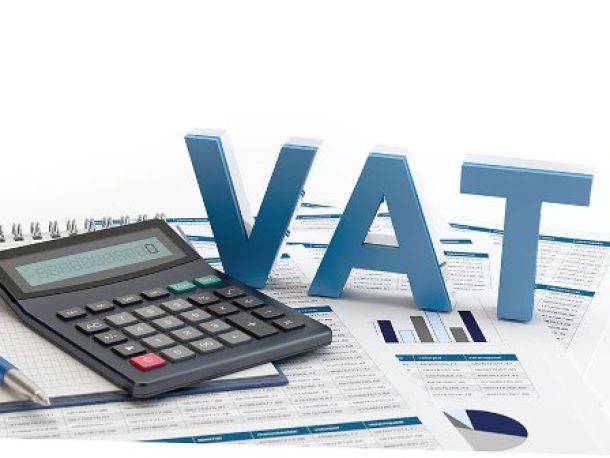
How to beat rising food prices in South Africa right now
Momentum’s latest Consumer Financial Vulnerability Index (CFVI) shows how South African consumers are struggling to afford their monthly food bills.
It said that consumers’ financial behaviour changed, mostly for the better, in reaction to the higher financial vulnerability they experienced in the second quarter. “Increasing financial pressures tend to make consumers more cautious and are normally accompanied by better financial behaviour,” the financial services firm said.
“In Q2 2022 consumers made less “feel good” and impulsive purchases compared to Q1 2022, whilst taking more time to acquaint themselves with information before making financial decisions. Impulsive purchases also declined from 59.6% to 46.9%,” it said.
“High levels of consumer financial vulnerability in the short- to medium-term will in all likelihood persist, given an increasing number of structural imbalances, downside risks, political and social instabilities, increasing poverty and inequality, as well as governance and government administration deficiencies.
“This will negatively impact the economy, employment and household incomes, which will filter through to adversely affect all aspects of consumer finances.”
The major risk factors which increased consumer financial vulnerability in Q2 2022 are expected to continue to exert their impact on consumer finances in Q3 2022, said Momentum. This includes fuel- and food prices, load shedding, rising interest rates and low economic growth.
According to the latest Household Affordability Index by the Pietermaritzburg Economic Justice and Dignity group (PMBEJD) food prices have continued to soar at the midpoint of the year.
The PMBEJD basket comprises 44 core food items most frequently purchased by lower-income households, who make up most households in the country.
PMBEJD reported that the basket of basic goods cost currently costs R4,688 in June 2022. This is R78.92 more than the month before. Year on year, the basket is up R560.57 (+13.6%), from R4,128 in June 2021.
The PMBEJD reported that the top three more expensive goods include cooking oil (+69%), spinach (+39%) and cake flour (+24%). Momentum reported that rising food prices posed the highest risk to consumer finances in the first half of 2022 – behind fuel costs.
Financial vulnerability is expected to continue for the third half of the year as a result of fuel prices, food prices and load shedding risks, said Momentum.
“With the unexpected changes in food costs, it can be difficult to prepare healthy meals without going over the budget.”
Momentum provided the following tips to budget and manage rising food costs when going to the grocery store:
- Prepare a grocery shopping list: Before going shopping, consumers should prepare a list and stick to it. Ensure that you limit the time in the store and only purchase the necessities;
- Shop around: Look around for the best prices on the items that you need to purchase, considering the weekly store leaflets and newspaper advertisements and visiting the stores’ websites or applications;
- Get to know the food prices: Write down the regular prices of foods you buy often. This will help you figure out which stores have the best prices and if you are getting a good deal on sale items;
- Check the “use by dates”: Consumers should check the dates that are on the food items to reduce early spoilage and wasted money. Buying frozen and canned food items last longer as compared to fresh produce. Consider buying frozen or items with a long shelf life in bulk;
- Plan: Planning meals for the week ahead as this will stop you from buying unnecessary things when at the store;
- Use a basket instead of a cart: Having less space will force you to limit your purchases to necessities;
- Compare the unit price for similar items: The unit price tells you how much something costs per “unit” or per 100 grams (g) or 100 millilitres (mL). This can help you compare whether a large or small size of an item is a smarter purchase and better value for your money;
- Check the season: If you are buying fresh produce, make sure that it’s in season since it generally costs less when compared to out-of-season. Better yet, plant your own fruit and vegetables to save money on fresh produce;
- Bring a calculator or phone: Add up your grocery bill while you are shopping to help you stay within your budget;
- Use loyalty programmes: Consumers could qualify for discounts, but only buy items which your household will use and not just because it looks like a good deal, and;
- Use bank reward programmes: Understand how you could benefit from bank reward programmes by optimising your purchasing behaviour for day-to-day transactions.
News Category
- International retailers
- On the move
- Awards and achievements
- Legislation
- Wine and liquor
- Africa
- Going green
- Supplier news
- Research tools
- Retailer trading results
- Supply chain
- Innovation and technology
- Economic factors
- Crime and security
- Store Openings
- Marketing and Promotions
- Social Responsibility
- Brand Press Office
Related Articles

Empowering South African households through gro...

SPAR shares practical tips to beat food inflation

South African motorists could be paying up to R...

Big VAT changes on the cards


